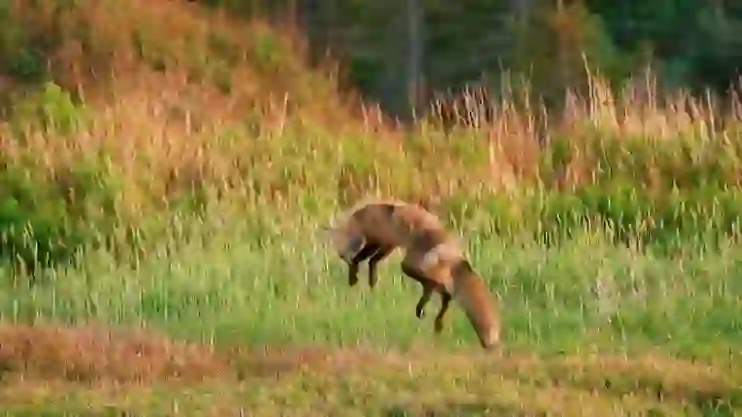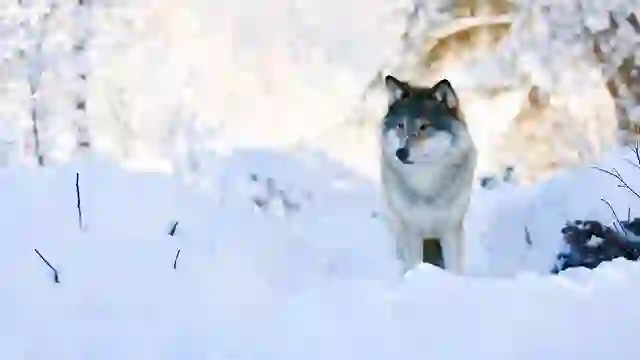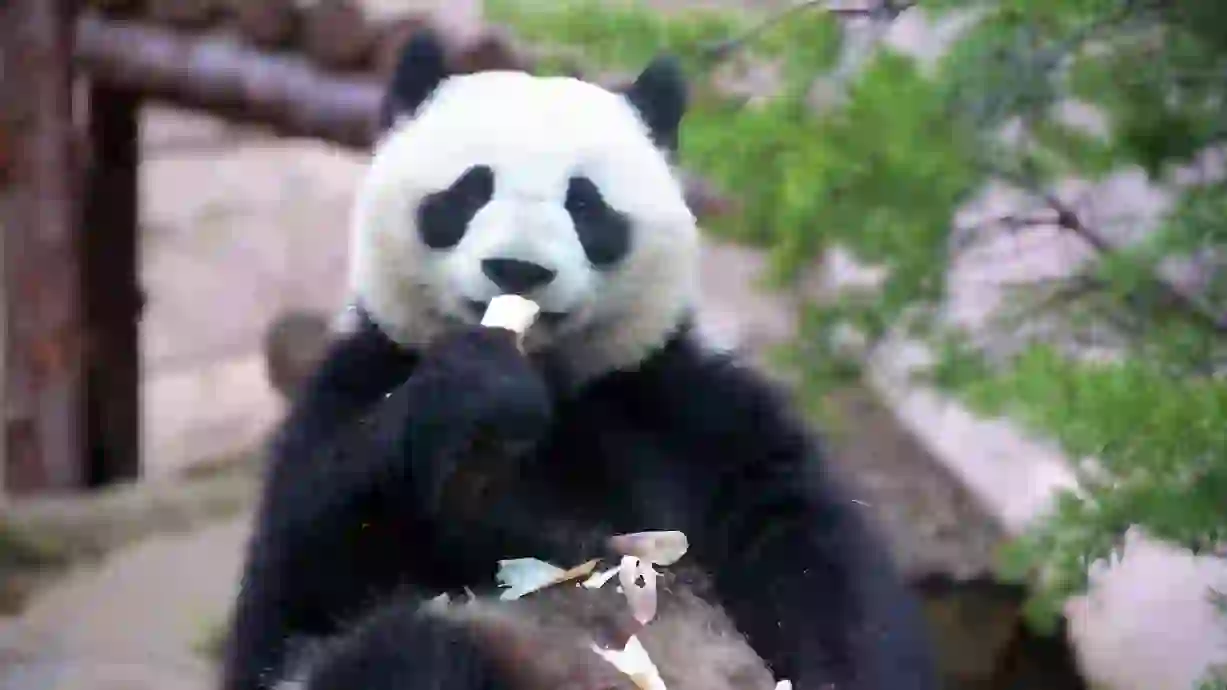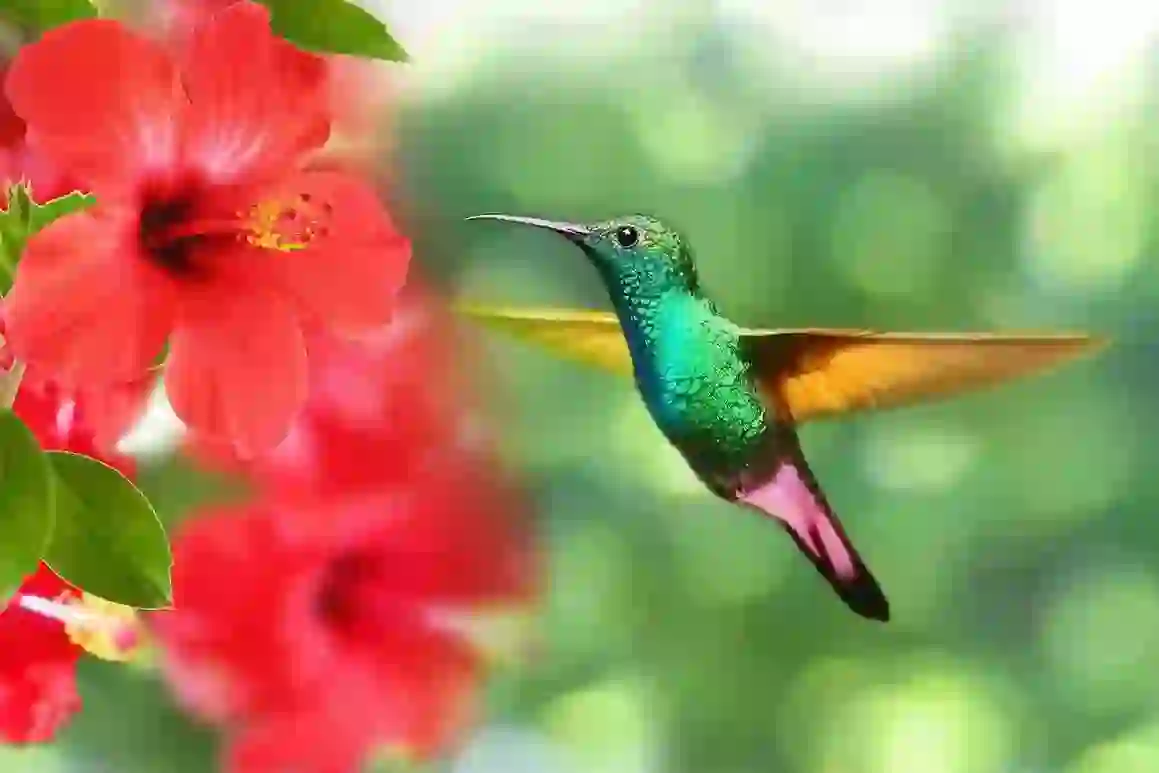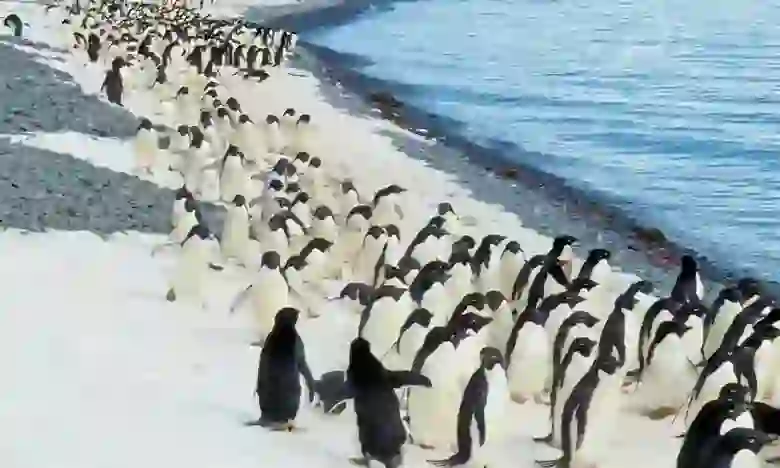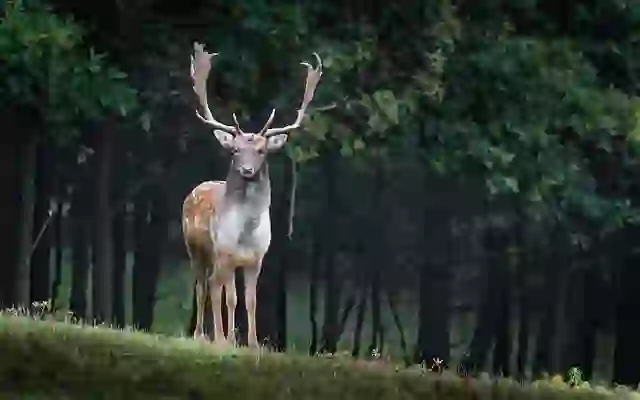
Sika Deer
Sika Deer
Sika Deer
The sika deer, a graceful presence in the forests of Japan. They have long been a familiar part of Japanese culture, sometimes even revered with a sense of awe. Let's explore the ecology of the sika deer, their environment, and their complex relationship with humans.
Sika Deer Basic Infomation
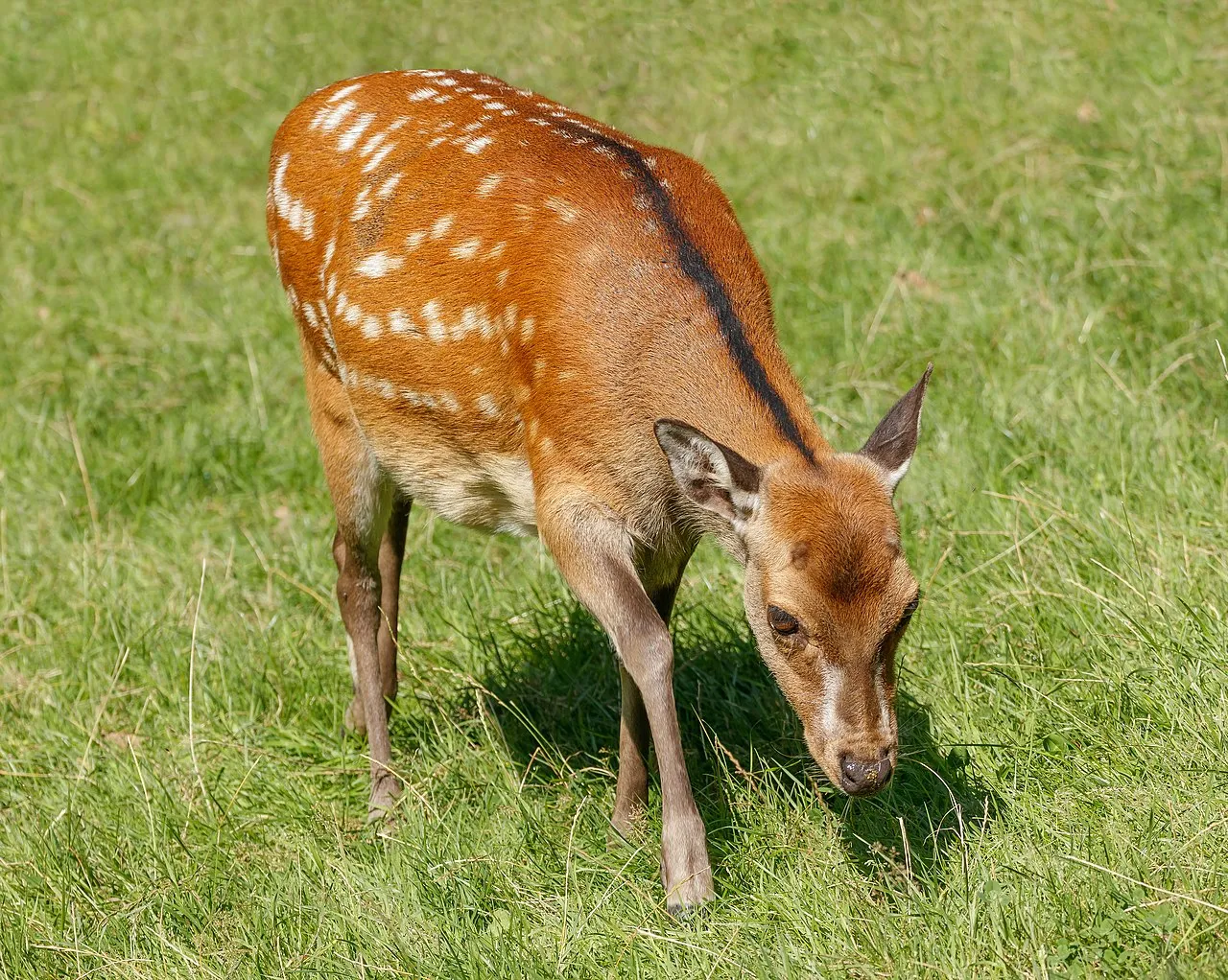
| Property | Value |
|---|---|
| Scientific Name | Cervus nippon |
| Taxonomic Status | SPECIES |
| Rank | SPECIES |
| Vernacular Names | Sika Deer |
| Kingdom | Animalia |
| Phylum | Chordata |
| Class | Mammalia |
| Order | Artiodactyla |
| Family | Cervidae |
| Genus | Cervus |
| Habitats | Forests, mountainous areas |
| Conservation Status | Least Concern |
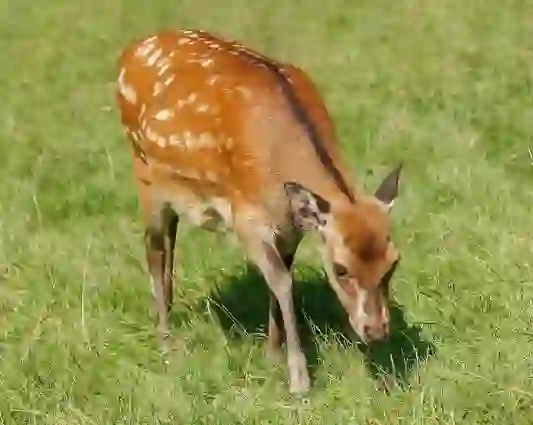
Size
Male sika deer are about 5.2 feet (1.6 meters) long and weigh about 176 to 265 pounds (80 to 120 kilograms). Females are smaller, measuring about 4.6 feet (1.4 meters) in length and weighing about 88 to 176 pounds (40 to 80 kilograms).
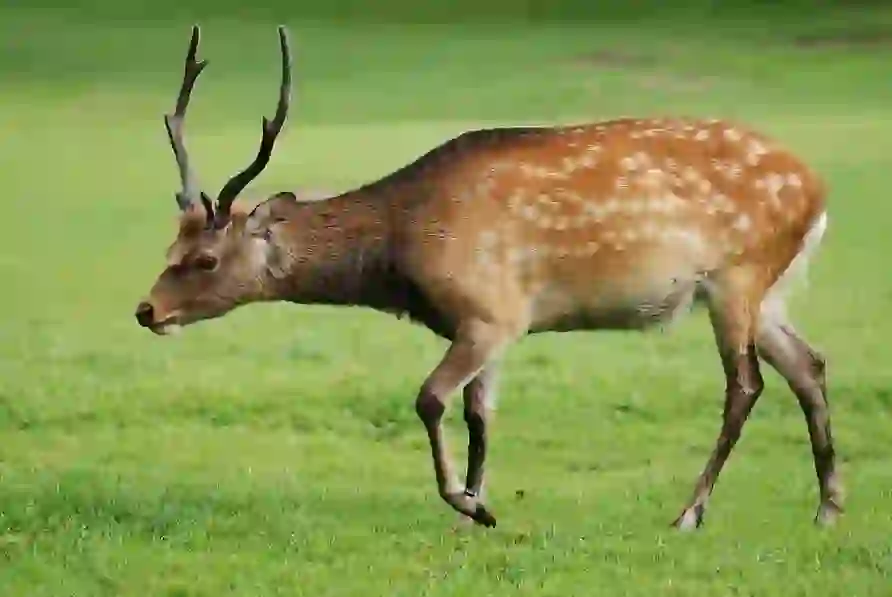
Lifespan
They live for about 15 years in the wild, and can live even longer in captivity.

Distribution
They are found in Japan, China, the Russian Far East, Taiwan, Vietnam, and Korea. In Japan, they are found almost nationwide, from Hokkaido to Kyushu.
Sika Deer Q&A

What kind of deer is the sika deer?
The sika deer, also known as the Japanese deer in Japan, is a species of deer widely distributed in East Asia.
They are characterized by their reddish-brown coat with white spots. Males grow impressive antlers in the spring, which they shed in the fall. They live in forests and mountainous areas, feeding on grasses, leaves, fruits, and bark. Sika deer have long been a part of Japanese culture, both as objects of hunting and as helpers in agriculture. They also appear in many myths and legends and have been revered as sacred animals. In recent years, however, the increasing sika deer population has become a concern due to damage to crops and forests. Therefore, efforts are being made to manage their population.

What do sika deer eat?
Sika deer are herbivores and their diet consists mainly of grasses, leaves, fruits, and bark.
They change their diet seasonally. In the spring, they eat new shoots and young leaves. In summer, they eat grasses and fruits. In the fall, they eat acorns and chestnuts. They may also lick soil to supplement their salt intake. Due to the recent overpopulation of sika deer in Japan, they are causing serious damage to forests and farmlands. They eat tree bark, saplings, and crops, hindering forest regeneration and reducing farmers' incomes. Therefore, efforts are underway to control their population.

[Quiz!] Why do male sika deer have antlers?
Male sika deer have antlers to fight other males for females.
During the breeding season in the fall, males clash antlers in fierce battles, and the winner earns the right to mate with a female. Antlers are also useful for defending themselves against predators.

[Quiz!] How long do sika deer fawns stay with their mothers?
Sika deer fawns live with their mothers for about a year.
During this time, the mother provides the fawn with milk, protects it from danger, and teaches it how to find food and escape from predators. Once the fawn reaches one year old, it becomes independent and lives on its own.

[Quiz!] Are sika deer endangered?
Sika deer are listed as 'Least Concern' on the IUCN (International Union for Conservation of Nature) Red List.
This means that they are not currently endangered. However, in some regions, their population has grown too large, causing serious damage to crops and forests. Therefore, efforts are underway to manage their numbers. These efforts include culling deer through hunting and trapping, and installing fences in forests to prevent them from entering farmlands.

Would you like to become a part of the 'Animalbook.jp'?
Turn your knowledge into Q&A and share it with the world. ※Publication will be activated after purchase. Let's share information together!
Sika Deer Type of List

Subspecies of Sika Deer in Japan
- Hokkaido Sika Deer (Cervus nippon yesoensis)
- Honshu Sika Deer (Cervus nippon centralis)
- Kyushu Sika Deer (Cervus nippon nippon)
- Mageshima Sika Deer (Cervus nippon mageshimae)
- Yakushima Sika Deer (Cervus nippon yakushimae)
- Kerama Deer (Cervus nippon keramae)
- Tsushima Deer (Cervus nippon pulchellus)
Information
Congratulations! You are the first commenter!

Create Your Favorite List!
Sika Deer
Save the animals you love! Build your own list to quickly revisit your favorites later.

Would you like to leave a comment?
※Please note: This is for the purchase of rights to post comments within the article.
Find Your Favorites!
Our shop offers a unique and attractive selection of goods themed around various animals.
Sika Deer References
Sika Deer Introduction of media used

Lilly M, CC BY-SA 3.0, via Wikimedia Commons

H. Zell, CC BY-SA 3.0, via Wikimedia Commons

Help Enrich Our Animalbook.jp with Your Media!
We are constantly looking to expand and enrich our Animalbook.jp with amazing photos and videos of animals. If you have any media that you'd like to share, please contribute and help us showcase the beauty and diversity of the animal kingdom. Your submissions will be credited and featured in our encyclopedia, reaching a wide audience of animal lovers.



